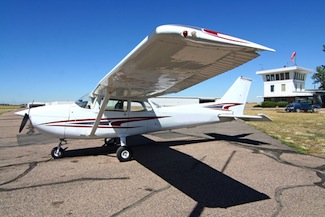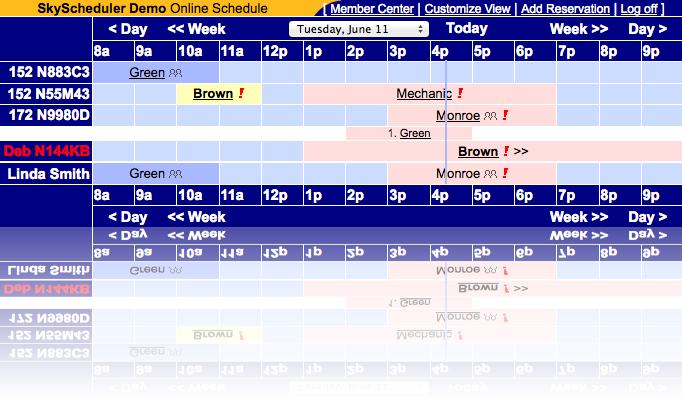Scheduling multiple aircraft, crews, and flights can be a big headache. All are expensive resources for your FBO, flight school, flying club, or commercial aviation business. Streamlining the aircraft dispatch process can make the difference between profit and loss.
Here’s how to make your job easier and your business more profitable with successful dispatching.
Agility, Accuracy, & Integration
The root cause of most dispatching problems relates back to a lack of integration in how operations are managed. From pilots to aircraft to flight times, your organization is balancing many variables and resources. Thus, you’re constantly battling the trade-offs between agility and accuracy.
relates back to a lack of integration in how operations are managed. From pilots to aircraft to flight times, your organization is balancing many variables and resources. Thus, you’re constantly battling the trade-offs between agility and accuracy.
For example, a flight school needs to quickly schedule a student lesson for a specific time and date with the appropriate instructor and aircraft. When the lesson starts, the manager must be able to quickly verify that all components are in place and ready for a safe and profitable lesson. If there is a discrepancy, a good tracking system will require an authorized override. The student, instructor, and aircraft can then be confidently dispatched.
However, between the scheduling and the flight, dozens of elements can change. An instructor may call in sick and need to be replaced. The training aircraft may require maintenance. The student might get stuck in traffic and have to postpone the lesson. Or the student may need to show a new medical certificate or endorsement prior to the lesson. All these changes are related and must be available to the flight school operations manager. Similar dispatch events can occur to an FBO, flying club, or other aviation business.
So given the need for agility and accuracy, how can aviation organizations become more “integrated”?
How to Leverage Dispatch Technology
Integrated systems, such as SkyManager, help aviation managers track all components and resources.
For example, let’s consider an FBO that rents out aircraft. This type of organization needs a simplified process for checking out a new customer before handing over the keys. The maintenance department needs to know which aircraft are due for scheduled maintenance and which have an urgent squawk list. All systems must be a “go” before a flight is dispatched. If all information is not up to date, costly errors and even accidents can occur.
With all flight components ready, the aviation manager needs the pilot to verify specific aircraft data: N-number, tach or Hobbs time, fuel and oil levels, and other critical elements. Entering the data into an integrated system notifies relevant stakeholders of start-up conditions. Before the flight begins, the pilot may review prior events documented in the reporting system.
Once the flight is complete, similar entries should be made to the system to verify pilot flight time, post-flight instruction time, number of landings, fuel and oil levels, and any squawks. The manager is immediately notified of the flight success and any potential problems. All systems are “go”.
By centralizing all relevant information into a single management database, the organization can streamline the dispatch process and ensure customer satisfaction.
Agility and accuracy – achieved via integration.
Continue reading about real-time dispatching.



